Apple : TCL will challenge OLED dominance at CES 2020 with its new Mini-LED TVs |
- TCL will challenge OLED dominance at CES 2020 with its new Mini-LED TVs
- What to expect from Google Chrome in 2020
- Yoshida praises ease of development on PS5
- The Nintendo Switch was a masterstroke in a decade of ups and downs
- New Galaxy S11 leaks show off phone sizes and rear cameras
- Fitbit sale: year-end deals on the Fitbit Versa, Alta HR, Charge 3 & more
- 5G Home internet doesn't deliver game-changing speeds - but it's a start
- A T-Rex will be launched at CES 2020
- Currys Boxing Day sales: the best deals live right now
- This is probably the smallest Android PC you can buy right now
- Calling the shots: the 12 most exciting cameras of the decade
- Back buttons could be coming to the next-gen PS5 DualShock controller
- The changing face of identity management
- Emerging technologies securing the cloud
| TCL will challenge OLED dominance at CES 2020 with its new Mini-LED TVs Posted: 28 Dec 2019 01:36 PM PST If you like OLED TVs but haven’t loved the low peak brightness of the panels, you’ll definitely want to tune in to CES 2020 - especially to what TCL is doing this year. The Shenzhen-based TV manufacturer announced that it’s bringing its latest crop of Mini-LED TVs to the show and they could pose a real threat to LG’s OLED dominance. Mini-LED TVs, for those who missed their debut a few years ago, use smaller LEDs that allow for more precise control over the TV’s backlight. While they don’t offer pixel-by-pixel brightness control the same way OLED does, Mini-LED TVs can get much brighter than OLED - and that will make a world of difference when it comes to displaying HDR content. Expect to see a number of new models announced during TCL’s keynote that falls on Monday, January 6 at 12 p.m. PST and, for those going to Vegas for CES, at the company’s booth in Central Hall.
Who else is going to CES 2020?Obviously it won’t just be TCL and LG at CES this year - you’ve got Sony with its usual late-night, star-studded keynote on Monday evening and the Samsung First Look event that happens every year on the Sunday night before the show. While all the TV manufacturers are keeping their cards close to their vests until they get to Vegas, we have a fairly good idea of what to expect - Sony will likely have new OLEDs based on LG’s 2020 OLED panels, while Samsung will show up with its next-gen QLED TVs and, most likely, another ridiculously expensive 292-inch TV. Besides OLEDs and Mini-LED TVs you can expect to see a number of 8K LED-LCD TVs from pretty much every manufacturer - though, if we’ll actually have real-live 8K footage there in Vegas to watch on them remains to be seen.
This posting includes an audio/video/photo media file: Download Now |
| What to expect from Google Chrome in 2020 Posted: 28 Dec 2019 01:00 PM PST 2019 was a great year for Google Chrome. Despite a hiccup where an experimental update broke it temporarily, it has remained the world's most popular browser, and is currently rendering sites for between 48% and 64% of web users (depending on who's counting). Google isn't resting on its laurels though, and has lots of new features in teh works for 2020. Here are the ones you should be looking out for, including some we want wait to try, and a few that might prove to be a step in the wrong direction. Dark mode for mobile devicesOne of the features we’re most looking forward to in 2020 is dark mode for Chrome on mobile devices. If you have an Android phone or tablet, you can try an experimental version of dark mode right now by entering chrome://flags in the address bar and enabling the options 'Android web contents dark mode' and 'Android Chrome UI dark mode’. Once that’s done, restart the browser, open the settings menu and select the new ‘Dark’ option under ‘Themes’. This is only an experiment, though, and the final version might look quite different. Google is still ironing out a few bugs with how the browser looks and renders pages in dark mode, but we anticipate the Android version will be ready for public release in the first quarter of 2020, with an iOS release soon after. Parallel downloadingAnother feature that’s accessible through chrome://flags is parallel downloading. This effectively splits files into several parts, which are downloaded simultaneously. It’s the same technique stand-alone download managers use to help you grab files faster, and would be a welcome addition to Chrome, particularly now that fiber broadband is becoming more commonplace. Keep an eye out for it appearing in 2020. Page sharing via QR codesThis feature is on its way, but it’s not necessarily something we’re particularly looking forward to. Chrome Canary users recently gained the ability to share webpages with one another via QR codes. The code is generated on one device, and can be scanned using the camera on another. It’s not a totally novel way to share sites (Opera has offered the same thing for ages), and we’re not big fans of QR codes. You have to download a dedicated app to scan them, and there’s no way of telling where they’ll lead before you do so. The potential for phishing is huge. We’d prefer to share sites with people we trust via a messaging app.
The old Chrome tab switcher on the left, and the redesigned version on the right A new tab switcherCurrently, when you want to change tabs in Chrome on your phone or tablet, you tap a button to bring up the tab switcher and take your pick from a set of large ‘cards’ showing all the pages you have open. It’s simple and effective, but that could all change in 2020 with the introduction of a new tab switcher that adds a whole lot of new options to the same screen. The new tab switcher is being tested in the Dev and Canary builds of Chrome, and although it may change before it becomes part of the release version, it looks pretty polished. In addition to small previews of each open tabs, it features (take a deep breath) a Google logo front and center, an Incognito mode toggle, a set of links to recently visited sites, a search bar, an options menu, and a button for creating new tabs. An improvement? We’re not so sure. Naming and shaming slow websitesThis is a feature proposed by a group of Chrome developers, who claim "the web can do better" when it comes to user experiences. The idea is that websites that load particularly slowly will be labelled in some way to warm users that they're going to be waiting around for a while, and might prefer to look for content elsewhere. This warning could take the form of a splash screen, information that appears in a context menu when you right-click, or a little green progress bar to indicate that a site is particularly speedy. There's no guarantee that such labels will appear in 2020, but Google is putting a lot of effort into pushing its best practice guidelines for web developers, so we wouldn't be surprised to see something along these lines in the near future. A built-in password managerThis feature is purely speculative, but it’s one we’d like to see. At the tail end of 2019, Google unveiled a new tool that will warn you if any of your online account details have been revealed in a recent data breach. It’s a handy feature, and bears a strong similarity to Firefox Monitor. We wouldn’t be surprised if Google decides to follow in Mozilla’s footsteps and also release its own password manager in 2020, helping keep your accounts secure from phishing attempts and avoid the temptation to re-use passwords for multiple different services. Perhaps it could even be combined with Google Drive, allowing you to move sensitive files from Drive into a secure, encrypted vault along with your passwords.
This posting includes an audio/video/photo media file: Download Now |
| Yoshida praises ease of development on PS5 Posted: 28 Dec 2019 11:01 AM PST When it comes to the PS5, Sony may not be ready to show off what the next console looks like or reveal its cost just yet, but the company is not remaining completely silent. In a recent interview with Japanese magazine, Dengeki PlayStation (via Siliconera), Sony Interactive Entertainment Head of Independent Developer Initiative, Shuhei Yoshida, was willing to discuss the upcoming console and what it means for developers. According to Yoshida, the PS5 is being lauded by developers for the ease of development it offers. According to a translation of the interview, developers have said that creating software on the PS5 is “easier than ever”. For the developers
This marks a change from the days of the PS3's architecture, which was notoriously difficult when it came to development. In the interview, Yoshida himself states that the PS3 era was the “toughest period” for the company and that it “really made the difficulties of game development stand out”. While the PS4 offered a marked improvement, it’s no doubt been welcome news for developers that the PS5 aims to offer a better experience again. While making the console more accessible for developers to work with when it comes to creating their games doesn’t mean we can expect studios to pump out a new title every week, it does mean they can spend more time on developing their games and less time on working around hurdles posed by hardware. Sony’s next generation PS5 is scheduled to launch in late 2020 and while we don’t know what the console will look like just yet, a recently announced launch title Godfall has given us a glimpse of what it will be able to do. We’re anticipating that as we roll into the console’s launch year we’ll begin to see and hear more. This posting includes an audio/video/photo media file: Download Now |
| The Nintendo Switch was a masterstroke in a decade of ups and downs Posted: 28 Dec 2019 10:00 AM PST Could Nintendo be having its heyday? There have certainly been ups and downs in the past few years, but the success of the Nintendo Switch console has truly put the House of Mario back on the map, and offered a viable and portable alternative to the encumbering home consoles offered by Sony and Microsoft. The secret to this success may be in quantity: Nintendo has released far more console iterations in the last decade than competing console makers, with a medley of handheld and home hardware models releasing in relatively quick succession. While this offered a lot of chances to get things wrong – which certainly happened at points – it also provided the opportunity to turn things around. And the willingness to experiment and innovate in the form factor of its gaming hardware has been crucial to get Nintendo to where it is today. In putting together a retrospective of Nintendo’s last decade in the gaming industry, we had to consider everything it had put out in the past ten years, as well as how strong its position is going into the next decade. So, what did we make of it?
A lot of new ideas, but we didn't want them
That's right, jump out of the screen! At the start of the decade, we caught our first glimpse of the Nintendo 3DS. Carrying over the dual-screen form factor of the DS Lite and DSi, its glasses-free 3D effects were wildly impressive ahead of launch, and helped build up hype for the next-generation handheld as the possible future of gaming visuals. History, however, sees the 3DS differently. The 3D functionality never quite became a crucial feature, as the popularity of the lower-spec 2DS models has testified. Just as 3D TVs disappeared from the market, so too did the 3D screen become the least talked-about feature of a console built on its promise. Even harder to handle, though, was the floundering Wii U: a Nintendo Wii follow-up that simply couldn’t match the latter’s success.
Shigeru Miyamoto with the Wii U tablet controller. Where the Wii was clear and intuitive, the Wii U was confusing – mainly because its tablet controller seemed so much as a game console in itself, in the vein of Nintendo’s past handhelds. The difficulty of communicating the Wii U’s capability clearly hugely impacted sales, which never got close to the Wii’s runaway success. It's no surprise Nintendo has relaunched so many Wii U games on the Switch, given they never reached the wide audience they were designed for. But the lasting legacy of the Wii U was what came after: the Nintendo Switch. The Nintendo Switcheroo
The Legend of Zelda: Breath of the Wild was a launch title and remains one of the Switch's very best games. The production of the Wii U controller had seen greater collaboration between Nintendo’s handheld and home system development teams, merging the 3DS’s gyroscope, accelerometer, connective capabilities with the power of a home console. The thinning of that distinction, between portable and television-docked play, was at the heart of the Nintendo Switch’s potential, and how it captured the imagination (and wallets) of millions of players in the two years after its launch. Without the missteps of the Wii U, would the Switch have existed in its current form? It seems pretty unlikely – and very much worth the former’s failure. Nintendo’s experimentation is what produces its most interesting hardware – and, in the case of the Wii’s motion control, leaving its competitors to try and play catch-up for years afterwards. (Remember the Microsoft Kinect? We thought not.) Its willingness to offer the unexpected may be what makes it stumble from time-to-time, but it’s also what leads Nintendo to stand up again with confidence that it’s doing something new. Even as Nintendo has looked into the past, relaunching its older consoles in the NES Classic and SNES Mini, it’s also ridden bravely into the future – as evident in how it’s transformed its software offering too.
The Legend of Zelda: Breath of the Wild tore up the rulebook and created an awe-inspiring open world Hyrule for the Switch, without ditching the spirit of the beloved franchise. Super Mario Odyssey stands as one of the best in the series, too – while Super Smash Bros. Ultimate is the closest we’ve come to a definitive entry in the Nintendo fighting franchise. As the Xbox One (and Xbox One X) has proved, powerful or impressive hardware won’t benefit gamers unless the titles themselves can match it. And the porting of titles never before seen on Nintendo hardware – Doom, The Witcher III, Skyrim, and the like – as well as countless quality indie titles that had struggled for recognition on PC, has made being a Nintendo gamer today a very different proposition to what it was even a few years ago. The future of Nintendo: what lies ahead
Could a truly budget Switch cope with Breath of the Wild's massive vistas? Nintendo is certainly ending the 2010s in a strong position, with a near-enough three-year-old console hybrid that continues to sell in huge numbers, and the beginnings of new models and refreshes such as the handheld-only Switch Lite. The death of the 3DS family seems like a certainty; after all, who would develop for a Nintendo system that isn’t the Switch these days? The relative affordability of cheaper DS models, though, may make their departure a sore spot for youngsters (or adults) who can’t afford to spend $199.99 / £199.99 / AU$329.95 on a gaming machine. If Nintendo manages to offer a truly budget Switch option – a Switch Mini, perhaps – it may be able to amend this, though the danger is that you stop being able to play some of the Switch’s most demanding AAA titles on lesser hardware. There have been plenty of calls for an upgraded Switch Pro model able to support 4K play, though the jump in processing power needed for that means it’s probably further off than some might think. But as we’ve seen, Nintendo is at its best when taking us by surprise, and there’s likely some hardware coming in the next few years that even we can’t predict. New Switch models that cater to different price points and video resolutions? Certainly. A full-on VR headset or PS5 rival? Probably not. When it comes to Nintendo, though, you can never be too sure. There will be challenges ahead for the gaming company: keeping its Nintendo Switch Online service full of goodies to keep gamers interested, for one. It will be hard keeping the Switch eShop well-curated as more third-party titles flood onto the platform too, while Nintendo will need somewhat regular releases of its flagship franchises (Zelda, Mario, Pokémon) to keep fans happy. As the 2010s come to a close, the future is unclear, but that’s never stopped the House of Mario before. It’s your move, Nintendo. This posting includes an audio/video/photo media file: Download Now |
| New Galaxy S11 leaks show off phone sizes and rear cameras Posted: 28 Dec 2019 07:30 AM PST Whatever else you're up to this time of year, it definitely seems to be the season for Galaxy S11 leaks, and we've got a couple of new ones to report – one on the sizes of the new phones and one on the rear camera array. First up respected tipster @UniverseIce has shown off screen protectors for the Galaxy S11e, the Galaxy S11, and the Galaxy S11 Plus. The sizes of the protectors aren't given, but you can see how they stack up alongside each other. The biggest jump in size looks to be between the S11e and the standard S11. Previous rumors have put the display dimensions at 6.4 inches, 6.7 inches and 6.9 inches respectively, though that's yet to be confirmed.
As for the second major S11 leak of the week, it's another rendering of the S11 Plus rear camera array from @OnLeaks, who is usually accurate in his predictions – this time with four lenses rather than five.
It was the same @OnLeaks account that tweeted out this picture of a five-lens rear camera array back in November – apparently that was a "first stage prototype", and this second rendering is far more accurate. We did view the original renderings with suspicion at the time, and it's worth pointing out that these very well-done renders are based on information from suppliers – they're not leaked images of the actual handsets themselves. All this assumes that the upcoming phones will be called the S11e, the S11, and the S11 Plus, following the 2019 template. There has been talk of a S20 name, in honor of the year 2020, but we're yet to be convinced. As with any rumors, we can't assume these leaks are 100 percent accurate until Samsung officially unveils the phones (on either February 11 or February 18 apparently) – but as the launch draws closer, a better picture of these new handsets is starting to appear. This posting includes an audio/video/photo media file: Download Now |
| Fitbit sale: year-end deals on the Fitbit Versa, Alta HR, Charge 3 & more Posted: 28 Dec 2019 07:03 AM PST If you're looking to get in shape for the new year, a Fitbit activity tracker can be the perfect companion to help you – and lucky for you, we've found several models on sale. Shop more of the best Fitbit deals below and keep in mind these amazing offers are ending soon, so you should take advantage now before it's too late. The best Fitbit deals:Shop more offers with the best cheap Fitbit prices and sales that are happening now. This posting includes an audio/video/photo media file: Download Now |
| 5G Home internet doesn't deliver game-changing speeds - but it's a start Posted: 28 Dec 2019 07:00 AM PST 5G's promises are super exciting: the next-gen cellular networks are going to make phones way faster, letting you do things like stream AAA video games without latency, or download entire series in HD in a matter of seconds. So Verizon's proposed 5G home internet should be just as exciting - but from what we saw at a preview event, 5G home internet struggles in the same ways as mobile 5G. We had a chance to check out an apartment running on Verizon's 5G Home in Chicago, one of the biggest 5G battlegrounds in the US. We already saw Verizon deploy the first 5G mobile network in that city, so we were eager to see how the carrier-telecom could bring the same next-gen network to home internet. The big takeaway is that 5G is just another way to get your data from point A to point B, and there's less to get excited about than you'd hope, though it leaves the door open for more rapid improvements down the line. And thankfully, Verizon is making it easy for early adopters to try the new service out - read on for what we found. What is 5G home internet?There are many parts in the infrastructure of the internet, but the one most of us care about is that last stretch that delivers it to our house - the so-called 'last mile'. Some of us get our internet through phone lines in the form of DSL, some get it beamed down from satellites, and many of us get it through the copper cable lines coming into our homes. A lucky few get it routed through high-speed fiber optic cables, but that rollout has been slow-going. 5G home has been proposed as a higher-speed alternative by beaming signal into the home. In the case of Verizon's 5G Home service, a high frequency radio wave (mmWave) wirelessly sends data back and forth between a nearby cell tower and a receiver set up within a customer's home. So, instead of having a physical cable connecting your home or apartment to the network, you've got a wireless signal carrying data over that last stretch. Once that 5G signal hits Verizon's 5G Home receiver, it's carried over a typical Ethernet cable to a standard Verizon router, which broadcasts Wi-Fi signal within your home. From there, every device connecting to that internet signal is doing so over Wi-Fi or a wired Ethernet connection. None of them are connecting directly to that 5G signal. So, it's really just normal internet?
Verizon 5G Home modem, which receives 5G signal from a nearby tower The short answer: yes. While the window receiver will pick up a 5G signal, that receiver is the only piece of the whole setup that actually interacts with the 5G towers outside. You don't plug your computer into the coaxial cable with cable internet, and you won't be connecting your device to the 5G network with Verizon 5G Home. You'll still just being using Wi-Fi or Ethernet to create your home network, albeit on the new, speedier Wi-Fi 6 protocol. We tested that connection the apartment Verizon had set up for an event. Running a Samsung Galaxy Note 10 Plus 5G on the Wi-Fi 6 connection, we downloaded the 1.8GB PUBG Mobile game in one minute and 38 seconds. That translates to a download speed of 18.4MB/s (or 147.2 Mbps). That's fast, but it's not mind-blowing compared to 5G mobile speeds we've seen - or the claims of top-tier home interent providers. For instance, Comcast Xfinity offers plans from 25Mbps to 1,000Mbps. What's it cost me?
Verizon 5G Home Router, which is also Alexa-enabled Verizon's 5G Home plan costs $70 month with auto-pay and paperless billing, but Verizon customers with a mobile plan of $30/month of more can get the 5G Home service for a discounted $50 a month. Verizon's plan doesn't have any extra taxes or fees on top of that price though, and the hardware needed for the service is included in the price. Early adopters get a bit of a break with an introductory trial that offers three months free alongside a year of Disney+, a month of YouTube TV, and a streaming device thrown in for free (pick between an Amazon Fire Stick, Amazon Fire Cube, or Stream TV). Are there advantages to 5G home internet?Truth be told, the price is one advantage. Verizon's 5G Home appears to have a fair price compared to other plans. It's not forcing you to sign a year-long contract to get a special rate, and it's not stacking equipment rental fees on top of the cost of service. For current Verizon mobile customers, it's an even better deal. But, that may be where the advantages end, at least for now. We saw the service offer decently, but not dazzlingly, fast internet - and that was in fairly ideal conditions. The 5G receiver was stuck to an upper-story window directly across the street from a 5G-broadcasting tower. All that stood in the way between the two devices was a barren tree and maybe 30 feet of open air. We've seen in past mmWave tests, like what's used in the Sprint 5G network, that the 5G signal is easier to lose than it is to find. The mmWave frequencies often have difficulty passing through obstacles, and the space between the 5G tower and home receiver is not necessarily a controlled environment. Street-level customers could have vehicles, pedestrians, or even trees block the line-of-sight between their receiver and nearest tower, and that could impact their fast internet speeds, let alone baseline connectivity. There are some theoretical advantages of 5G home internet, though. For one, upgrades could be easier. Since there are no cables running along poles or underground, the network could simply be upgraded with new towers or even software updates over time. That means no digging up wires to replace them with fiber and no needing to lay new cable in areas that are still waiting on high-speed internet (though it may still be some time before 5G home internet reaches those locations). There's also a slight bonus for radio interference. Since mmWave has trouble penetrating buildings, the radio waves used to beam 5G internet won't be permeating every building in the vicinity. In summary, Verizon's 5G home internet is promising but not speedy enough to recommend without caution, especially with so many unanswered questions about how the service will perform in real-world conditions. But should it live up to Verizon’s claims and avoid mmWave's signal shortfalls, 5G internet could change how data gets into our homes.
This posting includes an audio/video/photo media file: Download Now |
| A T-Rex will be launched at CES 2020 Posted: 28 Dec 2019 06:32 AM PST If there's one thing the history of evolution has taught us, it's that life will not be contained. Is this the reason we'll see a T-Rex launched at CES 2020? Unsurprisingly, no. Sadly, we're not in for a Jurassic Park moment becoming reality during the first week of January, rather it'll be a new product from Chinese wearable manufacturer Huami - who is behind the 'Amazfit' line of devices. We've been given a teaser of the name thanks to a Weibo post from the firm, which shows the silhouette of the iconic dinosaur against a camouflaged background. TechRadar has been told that the T-Rex will be 'specializing in outdoor features', but no further information has been provided at this time. Previous rumors suggested that the firm may be working on a smart shoe, but Huami founder Wang Huang has since come out and said this is not the case, although the product will be, in some way, related to shoes.
Three new devices incomingWhile CES 2020 officially kicks off on January 7 (press conferences start on Jan 5), - with Huami saying the T-Rex will be one of three new devices it has at the show (the others being a smartwatch and true wireless earbuds respectively) - we may find out more on the T-Rex ahead of time. The initial Amazfit T-Rex announcement is set for January 1 - at least, it is in China - and we expect the global launch to happen at CES 2020. Whatever the T-Rex may be we'll be sure to get hands on with it during the show, along with the new Amazfit smartwatch and earbuds, so make sure you keep it locked to TechRadar.
This posting includes an audio/video/photo media file: Download Now |
| Currys Boxing Day sales: the best deals live right now Posted: 28 Dec 2019 05:40 AM PST Boxing Day may be over, but the the Currys Boxing Day sales are still offering deals by the sleigh-load. Whether you're after discounts on laptops, TVs, headphones, or games consoles, smart home products or appliances, Currys' sale has lots to offer. Though they're 'Boxing Day sales', the Currys sale has technically been live since before Christmas. But fresh price cuts are happening every day, so whether the gift you want wasn't under the tree or you just want to spend the Christmas money Santa / your Nan gave you, there are still tonnes of options to be had. But if you want access to all the best savings around right now, we've got all the best Boxing Day sales listed, with our expert deal hunters trawling the web looking for what's been discounted. We've seen some of the prices fall to Black Friday levels too, so if you're looking to nab a bargain you can tell the the deals are competitive and you might not have missed that winner this year. There are deals on the retailer's entire range of electronics, and the line-up seems to be changing day-to-day, too, with different featured deals as we get closer to Boxing Day. There are a few key reasons to keep Currys in mind in the Boxing Day sales. For one, they do in-store delivery, which is a useful option if you're travelling around the country - although, as we found on Christmas day when trying to purchase a TV, it's not always possible to get what you want delivered in-store. Like most retailers tough, Currys also has a price match guarantee (scroll down this page for more on that). Below, we've captured the best Currys Boxing Day sales that we've found still in stock - as mentioned, some of the prices are as low as Black Friday in here, and those prices are on 4K TVs, Google Home, Fitbit wearables and more. Below, we'll identify when we've seen a deal like this during Black Friday before, just for your reference. Check out our best Currys Boxing Day sales below, which we'll keep updating it over the holidays. Quick Currys Boxing Day sales links
Today's best Currys Boxing Day salesThe best Currys Boxing Day sales we've found so far. Currys Boxing Day sales you missedCurrys had some fantastic cheap smart speaker deals, which have sadly now expired – you can still buy many of the products below at a discount, though they won't be as cheap as they were previously. Looking for more? Scroll down for the best smart speaker prices in your region. Whether it's Christmas, Black Friday, or the January sales, online retailers are always looking to undercut each other on price. That's good news for consumers, but it does mean you have to spend time searching around the web to make sure you're paying as little as possible for a particular gadget. Enter Currys Price Match Promise. As the name suggests, Currys will match the price of a product if you can find it cheaper elsewhere – there are a few terms and conditions to make a note of, but that's the gist. It means that if you see the same product available for less at any other retailer – either online or in store – Currys will match that price if you shop with it instead. The company will even match any discount codes that are being offered, so you don't need to pay a penny more than you have to. There are a few terms and conditions to bear in mind, as we've mentioned: the competing offer must be from a UK retailer, and the items must be identical, right down to the model number (it's always worth double-checking). Also, delivery and installation charges, product protection services and other add-ons aren't included, so factor those out when comparing prices. Read more: How to use the Currys Price Match Promise This posting includes an audio/video/photo media file: Download Now |
| This is probably the smallest Android PC you can buy right now Posted: 28 Dec 2019 04:58 AM PST We are not a big fan of HDMI sticks because they can be awkward to manipulate but they have a place in the wider ecosystem, for example in large format displays. X96, a popular manufacturer of entry level Android and Windows 10 thin clients, has just unveiled a new smart stick based on Android that plugs straight into a TV or monitor. At $45.99 from Gearbest (use code D3F2FA107261D001 at checkout), it sells for a tidy premium compared to the H96 Max which has a fairly similar specification but is also far bigger and can't be slipped into your jeans' front pocket.
CompactThat tiny form factor means that you won’t have a lot of room to manoeuvre, especially as it is barely bigger than a pack of chewing gum at 98 x 33 x 13mm. Despite this, the X96S still packs in a quad-core CPU that runs Android 8.1, 4GB of RAM, 32GB storage, a microSD card reader and a full size USB port. Along with Bluetooth and 802.11ac, it also comes with a number of useful accessories like a remote control, an IR receiver and a HDMI cable. Who does it target then? Trade and businesses where space is at a premium and who are already using the VESA mount. Think frontdesk staff and receptionists; also digital signage (the X96 support miracast) for restaurants, high street retailers etc.
This posting includes an audio/video/photo media file: Download Now |
| Calling the shots: the 12 most exciting cameras of the decade Posted: 28 Dec 2019 04:00 AM PST It's fair to say the camera world has changed a bit in the last decade. Back in 2010, our idea of a cameraphone was the Nokia N8 and drones were still military aircraft. So which photographic trailblazers have got us the most excited in the last ten years? It's a tough choice that had be narrowed down from a longlist of dozens of contenders, but after a fiery debate we've narrowed them down to this list. Whether they stood out for their design, innovative features or all-round performance, these are the 12 that really rattled our shutters, sharpened our snaps or generally inspired us to reach for questionable photographic hyperbole. The great camera evolution (2010-2020)Before we head into the list, it's worth looking at exactly where we've come from since 2010. At the start of the decade, we still relied on compact cameras for our everyday snaps, while getting excited about features like 3D video and inbuilt projectors (yes, really), which have since fallen by the wayside. First appearing in 2008, the mirrorless revolution was only just beginning in the early part of this decade. By the end of it, it’s fair to say that while they haven’t quite killed off the DSLR just yet, the diagnosis is pretty terminal. There's also been the unstoppable march of the smartphone. Early cameraphones like the Sony Ericsson Xperia X10 and Nokia N8 were surprisingly capable in a hardware sense, with 8MP and 12MP sensors respectively and features like 720p video at 30fps. But it's the computational photography spearheaded by Google's Pixel phones that has really taken smartphones well beyond compact cameras and into the territory of so-called 'enthusiast' cameras. Of course, there are still many reasons to buy a dedicated camera, whether it's DSLR or mirrorless, not least the image quality when viewing or printing photos at larger sizes than a phone screen. Over the next decade, though, we expect smartphones to further challenge the traditional camera, DSLRs to become a thing of the past, and for prices to come down as the technology starts to plateau. Until then, here in chronological order are the 12 cameras, phones and drones that have taken photography to new heights in the last decade... Samsung NX10 (2010)
Why it was exciting: Big sensors come to small mirrorless cameras You’d be forgiven for forgetting that Samsung was once a big player in digital cameras. You’d also be forgiven for thinking that it was Sony who pioneered the mirrorless APS-C format. But it was Samsung's APS-C mirrorless cameras that paved the way in this area. The NX10 was the first, bringing a 14.6MP sensor and HD (720p) video recording in a form factor that was reminiscent of DSLRs. It doesn’t sound like much on the verge of 2020, but in 2010, it gave us a taste of what was to come – even if eventually Samsung bowed out of the market altogether with its last released in February 2015. Up until then, mirrorless cameras made use of smaller sensors that were inferior to DSLRs – Samsung showed us that a smaller body didn’t necessarily need to be a compromise. Fujifilm X100 (2011)
Why it was exciting: Well, just look at it Back at the very start of the decade, Fujifilm was stuck in the doldrums. Once a giant of film photography, it had lost its way and was pushing underwater compact cameras, 3D technology and other niche products. Introduced at Photokina in September 2010 and released in early 2011, the X100 is the camera that changed it all for Fujifilm. Yes, it was still niche – an APS-C sensor in a “compact” camera with a fixed lens and a high asking price – but it showed what the company was capable of. It demonstrated the fantastic image quality that the rest of the X-series has since demonstrated, as well as showing off new technologies that the company had developed, including a hybrid optical / electronic viewfinder. Today, the X range boasts a large number of different options, which have rightly proved hugely popular with both hobbyists and pros. The X100 is where it all started. Sony RX100 (2012)
Why it was exciting: The compact camera was reborn Named as one of the best inventions of 2012 by Time, the original Sony RX100 was a true innovation when it first came to market. It featured a one-inch sensor inside a pocket-friendly compact camera – something that had not been before. Until then, image sensors inside compact cameras had always been small and low in power. At this point, Canon had pretty much sole control of the 'premium compact' market, with its popular G and S series models. Here was a new rival which promised to make it much less of a compromise between high image quality and portability. Such was the popularity of this camera, we’re now in its seventh iteration with the Sony RX100 VII, with a new version turning up pretty much once a year. Over the years, various other innovations have been made, including 4K video, super-fast frame rates, a longer lens and an inbuilt retracting viewfinder – but to this day you can still buy and make good use of the original RX100. Nokia Lumia 1020 (2013)
Why it was exciting: It was the big bang moment for today's cameraphones If you were expecting to see a Pixel or iPhone in this list, we don’t blame you, but it’s arguably the Nokia Lumia 1020 that was the original cameraphone game-changer. Where the likes of iPhone, Google, Huawei and Samsung now tread very familiar territory in pushing their phone camera tech, we can trace a lot of that back to the Nokia Lumia 1020. It used PureView technology, which works by oversampling pixels to bring out finer detail and work better in low light. The sensor was a whopping 41 megapixels at a time when others were barely going above 8 (in fact, the iPhone is still only 12), and also had a Carl Zeiss lens. Easily considered the most advanced 'cameraphone' (a phrase we don't hear so often these days) at the time, it was perhaps the first nail in the coffin of dedicated compact cameras. Leica Q (2015)
Why it was exciting: A magical combination of full-frame and fixed lens compact Fujifilm had already proved there was a big appetite for super-large sensors in compact cameras. The next logical step – a full-frame sensor – came courtesy of the Sony RX1, just a year later, but it was the Leica Q that made the concept truly desirable. By including features like optical image stabilization in the 28mm lens, a touch-sensitive screen, a very usable electronic viewfinder and fast autofocus, it jumped to the top of every street photographer’s wishlist. It’s only recently that the original Leica Q has been replaced with the Leica Q2, while the latest Sony variant is the Sony RX1 II. But the original Leica Q still stands tall as one of the decade's classic cameras. Canon EOS 5DR (2015)
Why it was exciting: Super high-res sensors go mainstream By the middle of the 2010s, mirrorless was the big story in cameras, but Canon clearly hadn't got the memo. It was still mainly devoting its attention to DSLRs and, keen to show that there was still life in the old format yet, it launched an exciting duo of full-frame models that broke the 50 megapixel barrier for the first time. It was only recently that this barrier was broken by the 61MP Sony A7R IV in 2019, with the Nikon D850 coming fairly close with its 45.7MP sensor (see below). The Canon EOS 5DSR showed the world that super high-resolution sensors were truly achievable in bodies that weren't professional-only bricks. Olympus PEN F (2016)
Why it was exciting: Micro Four Thirds becomes goes big on desirability This one’s a slight curveball, but the Olympus Pen F has made our list for one reason – it marked the point when we started to take Micro Four Thirds cameras as serious 'main' cameras, rather than backup or travel models. Arguably, the first really good compact system camera was the Olympus E-M5 Mark II, which brought with it some truly appealing specs and even made professional photographers sit up and take notice. But it was the PEN F that showed us it was not only possible to include a range of high-end specs, but also to make the design of the camera a key selling point. Panasonic GH5 (2017)
Why it was exciting: A truly brilliant video/stills hybrid camera A camera that appealed to videographers but also held lots of goodies for stills shooters, the Panasonic GH5 is still a great option a couple of years on. With a durable build and plenty of 4K video recording capability (including being able to shoot at 60fps), it was – and still is – the ideal model for the new breed of 'content creators' that aren’t strictly tied to one type of output. Later, a sister-model for the GH5, the GH5S, was announced as an even-more video-centric model, with its expanded 4K options including the ability to shoot DCI 4K at higher frame rates. Nikon D850 (2017)
Why it was exciting: It was, and still is, the best DSLR ever made In a world that's rapidly moving away from DSLRs, the Nikon D850 remains resolutely popular camera, particularly among professional photographers. Launched on Nikon's 100th anniversary, it included a 47.5MP sensor that answered the demands for high-resolution photos, while at the same time being more than capable at capturing fast-moving action. It also became the first DSLR to achieve a score of 100 points from independent analysts DxOMark. A durable and well-built body met the demands of working professionals, while it also offers the kind of battery life that, as yet, mirrorless cameras can only dream of. DJI Mavic Air (2018)
Why it was exciting: It put pro-level aerial photography in the hands of non-pros It’s hard to remember a time before drone photography and videography being an everyday part of the media landscape. Hardly a TV production these days seems to be complete without a dramatic overhead shot. Where once you’d have had to hire a helicopter and crew for the day, ever-accessible drones brought this kind of shot to the masses. And for those without film budgets, the DJI Mavic Air bought that same capability into the hands of us ordinary consumers, too. Hitting the sweet spot between affordability and high image quality, it’s still one of the best drones you can buy if you fancy trying your hands at aerial photography. Sony A7 III (2018)
Why it was exciting: It brought full-frame to the masses Full-frame sensors were once the reserve of professionals – or at least those with plenty of disposable income. Sony’s A7 III changed that, bringing the large sensor to an audience that previously might have found it out of reach. A 'basic' or 'entry-level' model with all the image quality of something far more complex, it shows that you don’t always need to invest huge wads of cash to get something that produces fantastic image quality. There’s also a range of options that would once have attached extra zeros to an asking price, including 4K video, in-body image stabilization and a very capable AF system. Fujifilm GFX100 (2019)
Why it was exciting: We can think of 102 reasons We finish our list with a medium format camera that was announced at Photokina in September 2018, making its way into stores earlier this year. Not content with having a sensor that's 1.7x bigger than its full-frame rivals, this supersized beast also gives you a huge 102 megapixels to play with. And to think that we once considered 24 megapixels to be a high-resolution offering. It’s true that this is hardly a camera for the average person, but it’s certainly not as expensive as you might assume. For working professionals producing billboard-sized imagery, it’s a good contender, while it also gives well-heeled enthusiasts huge bragging rights too. This posting includes an audio/video/photo media file: Download Now |
| Back buttons could be coming to the next-gen PS5 DualShock controller Posted: 28 Dec 2019 03:30 AM PST There's more news on the upgraded DualShock controllers that Sony could be bundling with the PlayStation 5 when it launches at the end of next year – specifically in terms of some extra back buttons it could be getting. A newly published patent spotted by LetsGoDigital shows a DualShock controller with four new buttons around the back of the device – possibly to act as back buttons to match the capabilities of Xbox One gamepads. The design shows two larger buttons that can be moved up and down, and two smaller buttons that can be pressed (and that can detect the pressure of a press). There seems to be some scope for adjusting the positioning of the buttons to suit the size of your hands.
As for how these buttons are going to be used, the patent doesn't go into too much detail: except to say that they'll be used to control video game characters, so no surprises there.
This is a patent focused on utility rather than design, so the finished product might not look like the drawing above. Also, as with every patent, the fact that it's filed doesn't necessarily mean Sony will go through with it. What makes us think that these could be back buttons is that the sketches look similar to Sony's newly unveiled Back Button Attachment for existing DualShock 4 controllers. Perhaps the DualShock 5 won't need any attachment. For now, a lot of this is speculation – we do know that the new PS5 will come with a new PS5 controller, one that upgrades player immersion and console feedback, but official details of what that involves have been thin on the ground so far. It doesn't look like the design will be hugely different from what we have today, but expect plenty more PS5 leaks and rumors to hit the web over the course of 2020 – which we will bring you as soon as we have them. This posting includes an audio/video/photo media file: Download Now |
| The changing face of identity management Posted: 28 Dec 2019 02:03 AM PST As we enter a new decade, it’s interesting to see how far we’ve come over the past 10 years in terms of access and identity management. When the 2010s began, only 38 per cent of data breaches used stolen credentials; by 2017, this figure was 81 per cent. As the pace of digitization has increased, identity and access assurance has become a critical issue and the single most important control for managing digital risk. From an eBay database being stolen using employee credentials in 2014, to passwords from high profile breaches of companies including Google, Yahoo and Hotmail all ending up for sale on the Dark Web; identity has been at the heart of some of the major security incidents in the past decade. As we have become more reliant on digital interactions that rely on identities, new and unprecedented security challenges have been raised. We need to be able to trust the device, the networks and the user; even though we can often no longer see who or what that is. Identity has become a crucial weakness that hackers are exploiting. But with the increased focus on identity, there’s also an opportunity for organisations to strike a better balance between endpoint security, innovation and an employee’s authentication experience. We’ve already seen a huge rise in identity theft, with credentials for sale and thousands and passwords used to maliciously attack companies, but the next decade will see an evolution of identity security, with secure but user-friendly identity strategies on the horizon. From making use of new technologies, including those embedded in today’s smartphones, to eliminating the dreaded password altogether, we can expect the next ten years to transform the way identity impacts the corporate and hacker worlds in several key ways: 1. Credential theft becomes credential hijackingWe continue to see the same security trend echoed year after year – compromised credentials are the number one attack vector for malicious actors; the market for stolen corporate credentials has become a booming business for cyber criminals over the past decade. Looking ahead, however, we can expect hackers to begin to shift their attacks from simply using stolen credentials that are available on the dark web, to infiltrating password recovery mechanisms in order to harvest and then reset user credentials themselves. In other words, attackers will successfully take over user identities and re-establish them with new usernames and passwords, thereby gaining access to critical assets at organisations. As the attack surface shifts from away from simply attempting logins with stolen credentials, the stakes will become much higher and will require a new security approach focused on employee monitoring to prove a user is who they say they are – even if they’ve logged in seemingly legitimately. 2. ‘Passwordless’ authentication is on the horizon, but we need to prepare for the consequencesAs organisations continue to look for ways to protect users while making security as seamless and invisible as possible, we’ll see a huge increase in those adopting ‘passwordless’ security innovations. But while it’s becoming quite common to leverage face or fingerprint ID, today most passwordless authentication is still rooted and reliant on password management and usernames for account enrollment and recovery. Because of this, they are really “less passwords” rather than truly “passwordless”. As the journey towards true passwordless authentication continues, organisations will also need to think about the varying user needs across their organizations considering the dynamics at play. For example, as with any IT change, there’s likely to be an initial and evolving burden on help-desk support; users who are not required to use a password day-to-day are almost certain to forget and disregard credentials at a higher rate, thereby requiring more support than they did before. 3. Authentication will need a personal touchAs we move towards the passwordless world, organisations are today facing a plethora of choice when it comes to their authentication strategies. With constant innovation and evolution in technology, there are now many more ways than ever users can verify who they say they are and access resources; from push notifications, to behaviours, to one-time passwords, biometrics, hardware tokens and more. This can make it difficult for organisations to choose the appropriate authentication strategy. One thing is for sure: there won’t be a one-size-fits-all solution for the varying identity and access management needs across different organisations with dynamic workforces. What we can expect to see is organisations making much more personalised decisions on authentication, so they can strike their own balance between security and user experience. 4. Get ready for the rise of the machinesIt’s not just employees that will present new identity challenges in the next decade – we’ll continue to interact with devices in new ways. It’s only a matter of time until smart home devices like Alexa, Siri, Google Home, smart lightbulbs and access devices like smart door locks will begin to transition from purely consumer devices to being leveraged in business and corporate settings. As these automation technologies aid us with more and more complex tasks, the need for these devices to understand who can command them and who they are acting on the behalf of will become much more critical. So, as we use tech-enabled personal assistance for more critical parts of our lives and businesses, it certainly will matter who ‘Siri’ and other devices take orders from. Welcome to 2020!As the next decade brings new technology, opportunities and challenges, identity will take front-and-centre priority in the cybersecurity conversation. With attackers developing smarter ways to compromise credentials and as automated devices become more widespread in our corporate worlds, identity will become both a key battleground and an opportunity. The blurring lines between corporate and consumer technology means any identity strategy needs to be both secure and convenient. Success will be all about striking the right balance. This posting includes an audio/video/photo media file: Download Now |
| Emerging technologies securing the cloud Posted: 28 Dec 2019 01:29 AM PST Cloud computing services have transformed businesses large and small across all sectors in recent years and this is only set to increase into the new year. IDC predicts that by 2023, public cloud spending will more than double, growing from $229 billion in 2019 to nearly $500 billion. However, despite mass adoption, the issue of cloud security remains a key concern among business leaders – especially with data breaches making national headlines on a near daily basis. So, what can businesses do to address this? A big part of the answer lies in emerging technologies such as artificial intelligence (AI) and automation, which will drive new ways of securing the cloud in 2020 and beyond. Challenges of securing the cloudThe accelerated technical infrastructure change, digital transformation, and increased storage adoption has significantly altered the challenges faced by businesses to secure their critical assets. The benefits of cloud are clear, from increased speed and agility to advanced cloud analytics. However, these must be considered alongside the potential for an expanded threat surface associated with a broader network. Security is one of the major concerns for businesses looking to migrate their infrastructure to the cloud, as moving significant amounts of data opens up clear security risks. However, some businesses then fall into the trap of thinking that once the migration project is complete, the major security risks are overcome. This certainly isn’t the case, with the threat surface constantly evolving and taking on a new dimension. Businesses must also consider the challenge of securing the cloud against internal threats. Employees can unknowingly compromise their organisation’s security, with a recent study suggesting that every four in ten cybersecurity professionals see cloud storage and file sharing apps as most vulnerable to insider attacks. This insider threat means that an attacker can be presented with the keys to the cloud through internal access to an organisation. With threats coming from all angles, it’s clear that businesses need to be putting security first. However, with only a third of organisations employing an endpoint security-first approach to data storage in the cloud, there is still work that needs to be done. Further compounding these challenges is the need for cybersecurity training, with the shortage of skilled cybersecurity professionals across EMEA recently reaching 291,000. Emerging technologies to secure the cloudAI opens new ways of managing cybersecurity. For example, it recognizes, learns, and models behavioral patterns to adapt systems to the most sophisticated of threats. This enhances the role cybersecurity specialists play, allowing them to react more rapidly, allocate more manual tasks such as scanning, and focus their attention on larger, more complex threats. Intelligence-driven automation will create a shift in the traditional detection of, and protection against, threats. It will provide deeper visibility into attacker behavior, reducing the dependency on detecting pre-configured attack alerts. It does this by learning and registering what is normal, to increase the probability of identifying abnormal behavior in an environment. This will empower analysts to triage threats such as malware and react to attacks more rapidly. However, AI inevitably poses additional challenges for cybersecurity. When it comes to AI, we often see a game of cat and mouse, with adversaries seeking to use the technology and techniques to their advantage. AI presents an opportunity for threat actors to deliver larger scale and more complex attacks, with the ability for adversaries to confuse defensive AI models and circumnavigate them. Therefore, adopting new technologies will need to be carefully considered. There is no doubt that automation through AI and machine learning is an enabler for analysts. However, over-reliance on technology can be the downfall of an organisation. Analysts still require deep security expertise and this should be enhanced through technologies, such as automation, rather than replaced by it, as this can have the opposite effect and actually put infrastructure at greater risk. Cloud and security will continue to change just as they have done year-on-year. Organisations should ensure they are embedding a security-first approach as they digitally transform their business. Through adopting emerging technologies to augment security, businesses can reduce the dependency on human intervention and increase efficiency, effectiveness, and scalability. This will enable them to optimize cybersecurity resources, both human and technology, to better protect their business. Leaning on the expertsBusinesses should explore how working with a third party can provide additional expertise that augments their existing capabilities by proactively monitoring and mitigating attacks. When it comes to the “not if, but when” scenario that characterizes cloud security, a trusted partner can make all the difference. With the ever-evolving threat landscape and data growing in volume and value by the day, organisations need to constantly adapt their security and processes to ensure their systems are not compromised. Going into 2020, businesses will need to think and evolve with security at the forefront of their plans and operations. This posting includes an audio/video/photo media file: Download Now |
| You are subscribed to email updates from TechRadar - All the latest technology news. To stop receiving these emails, you may unsubscribe now. | Email delivery powered by Google |
| Google, 1600 Amphitheatre Parkway, Mountain View, CA 94043, United States | |

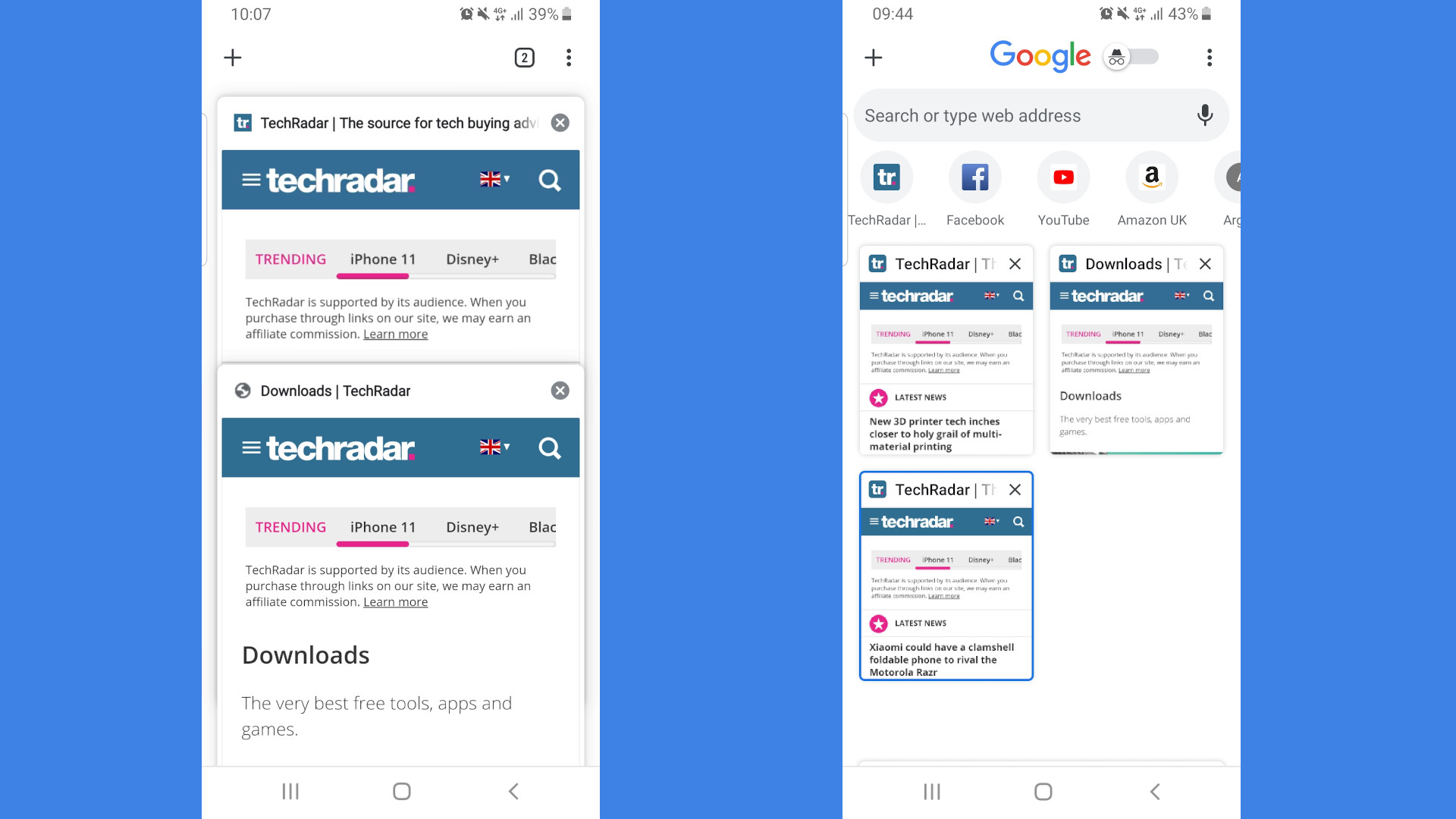





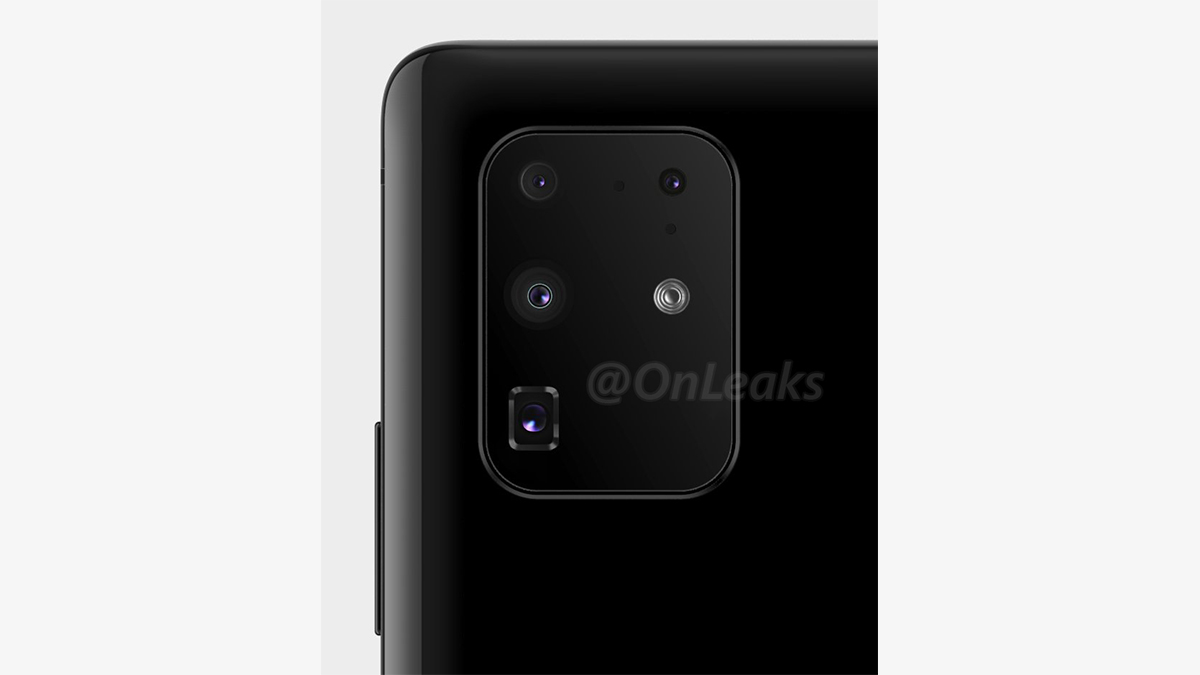
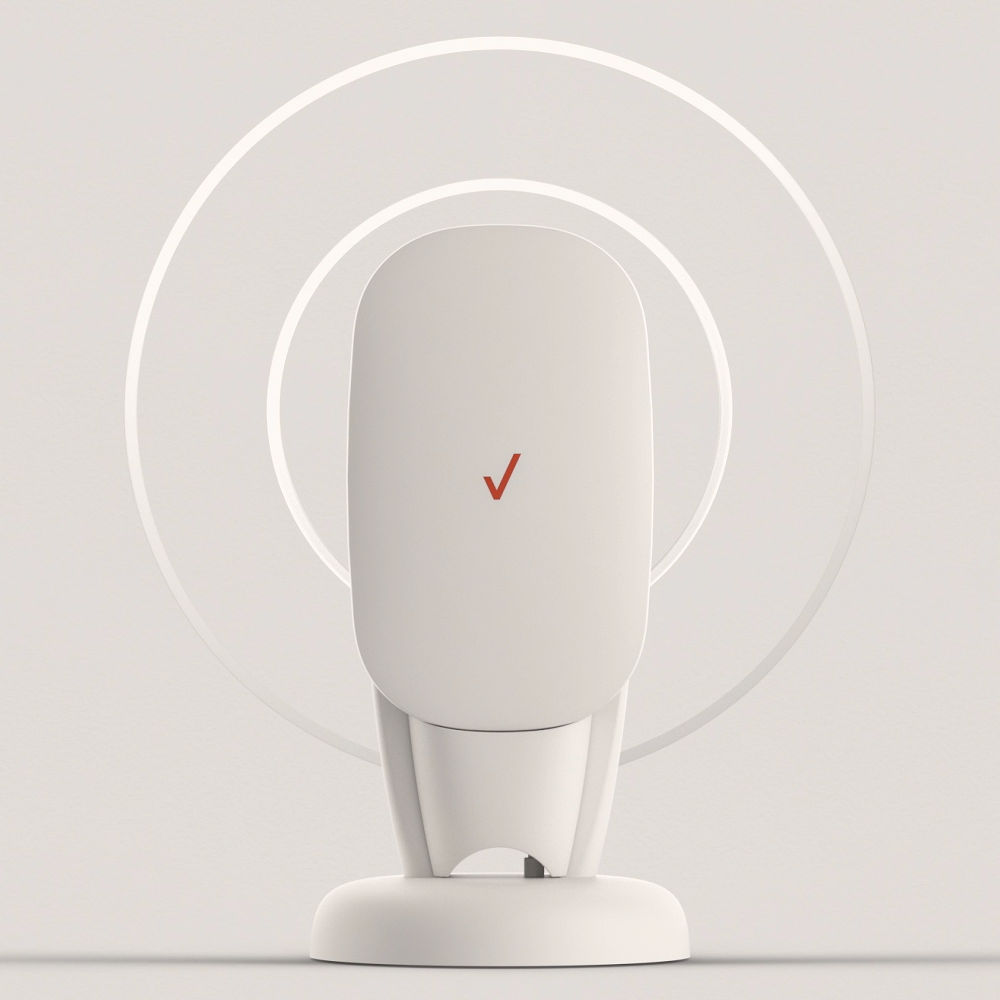


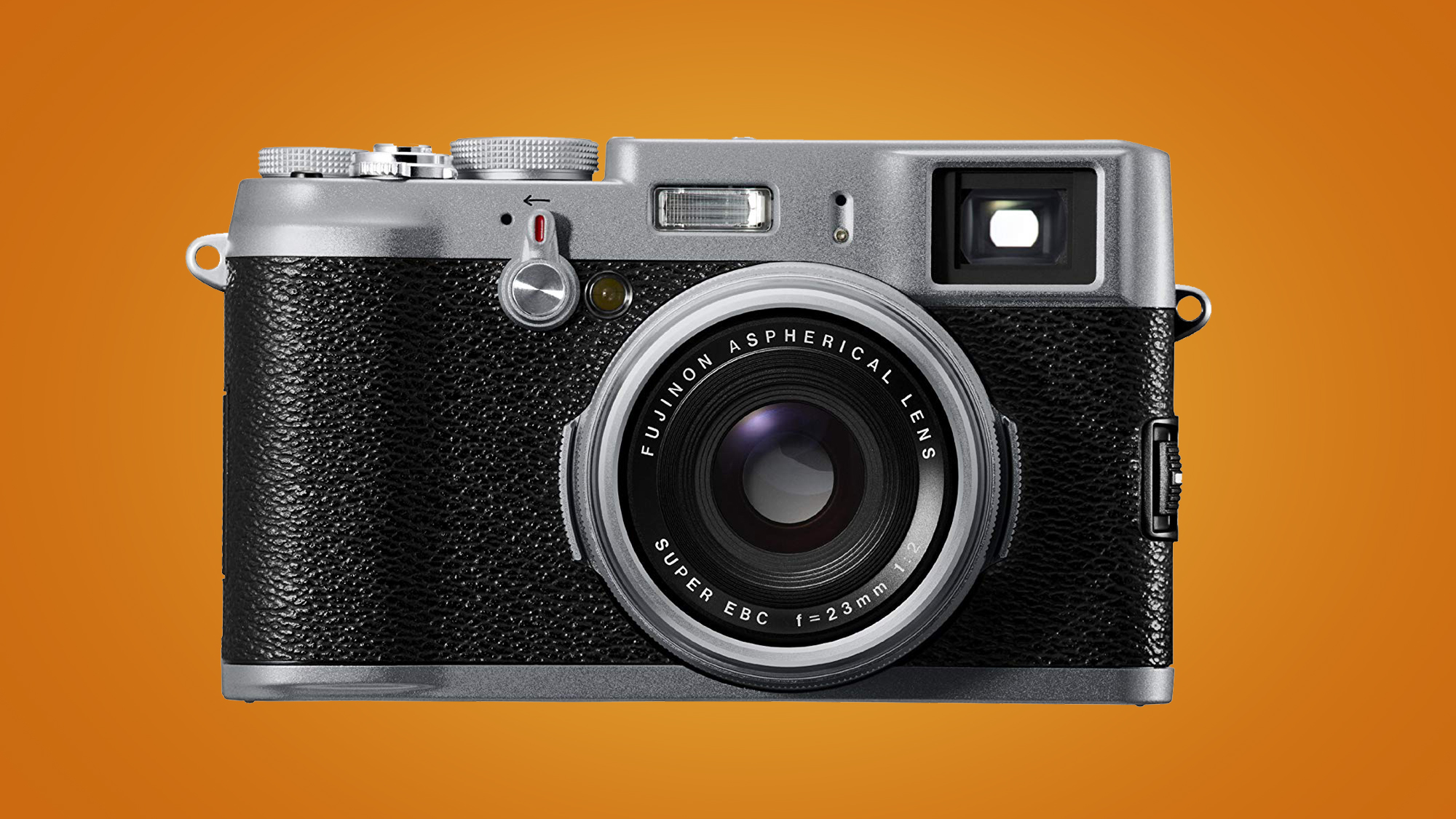
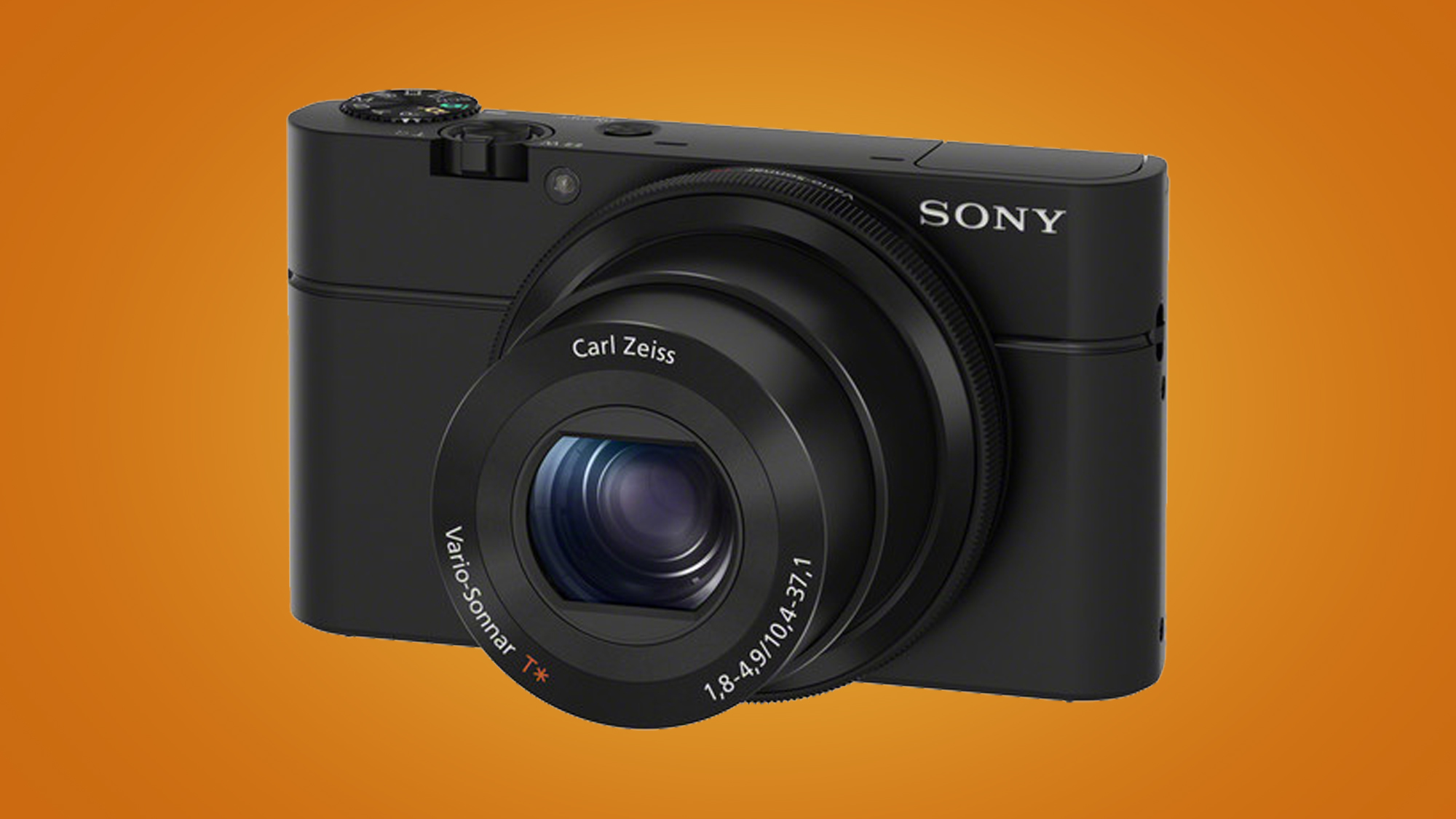
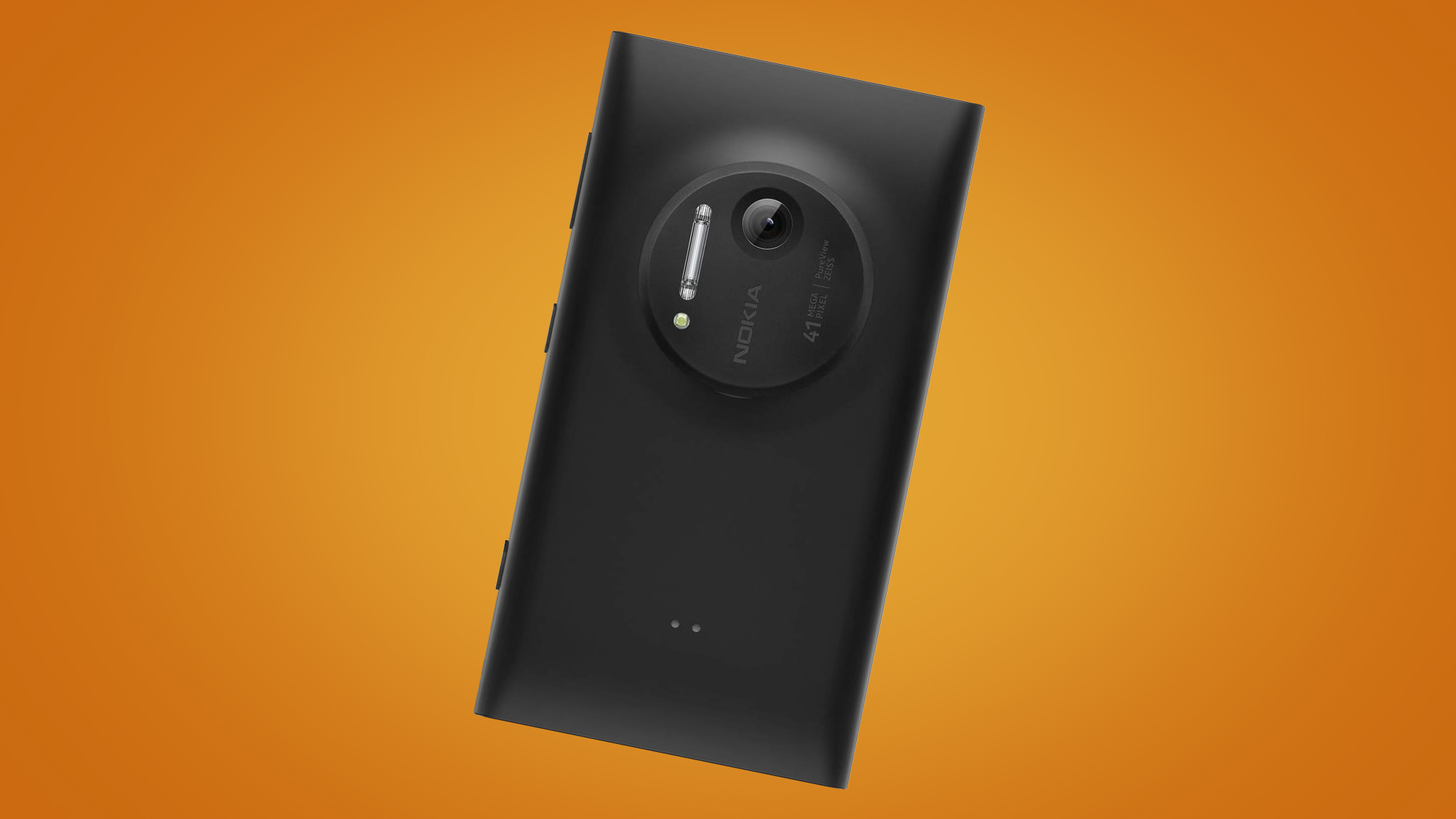
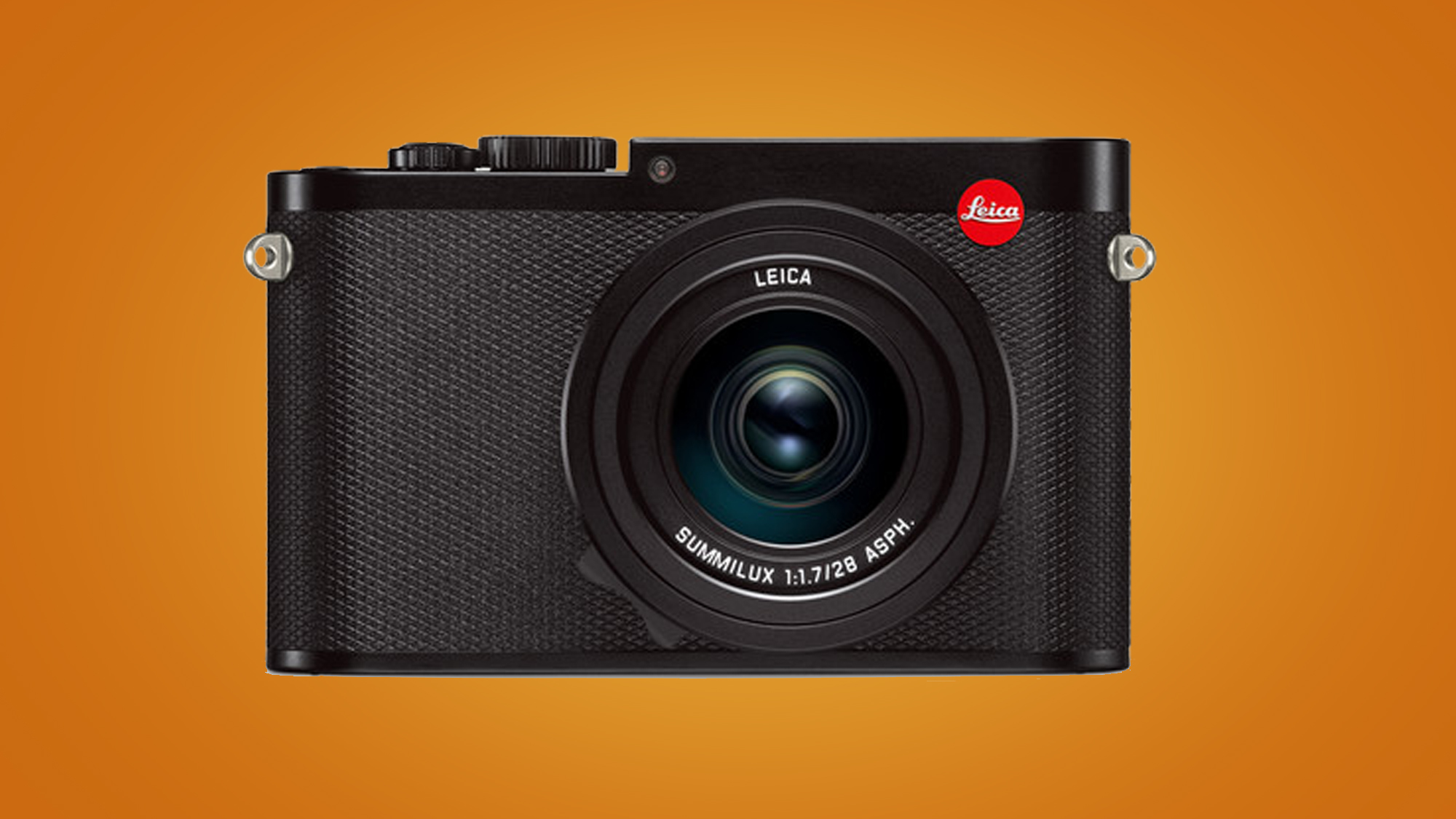
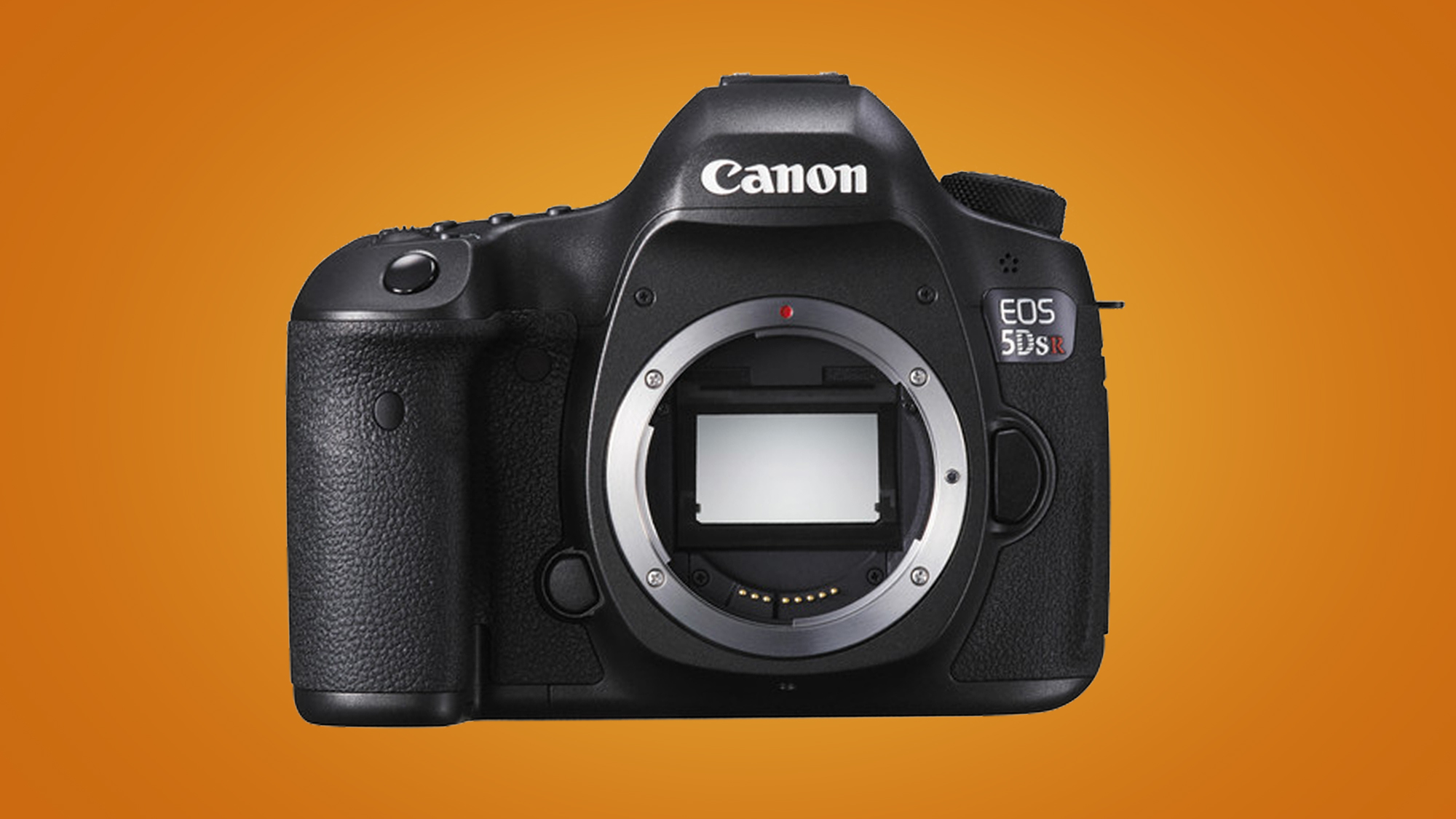

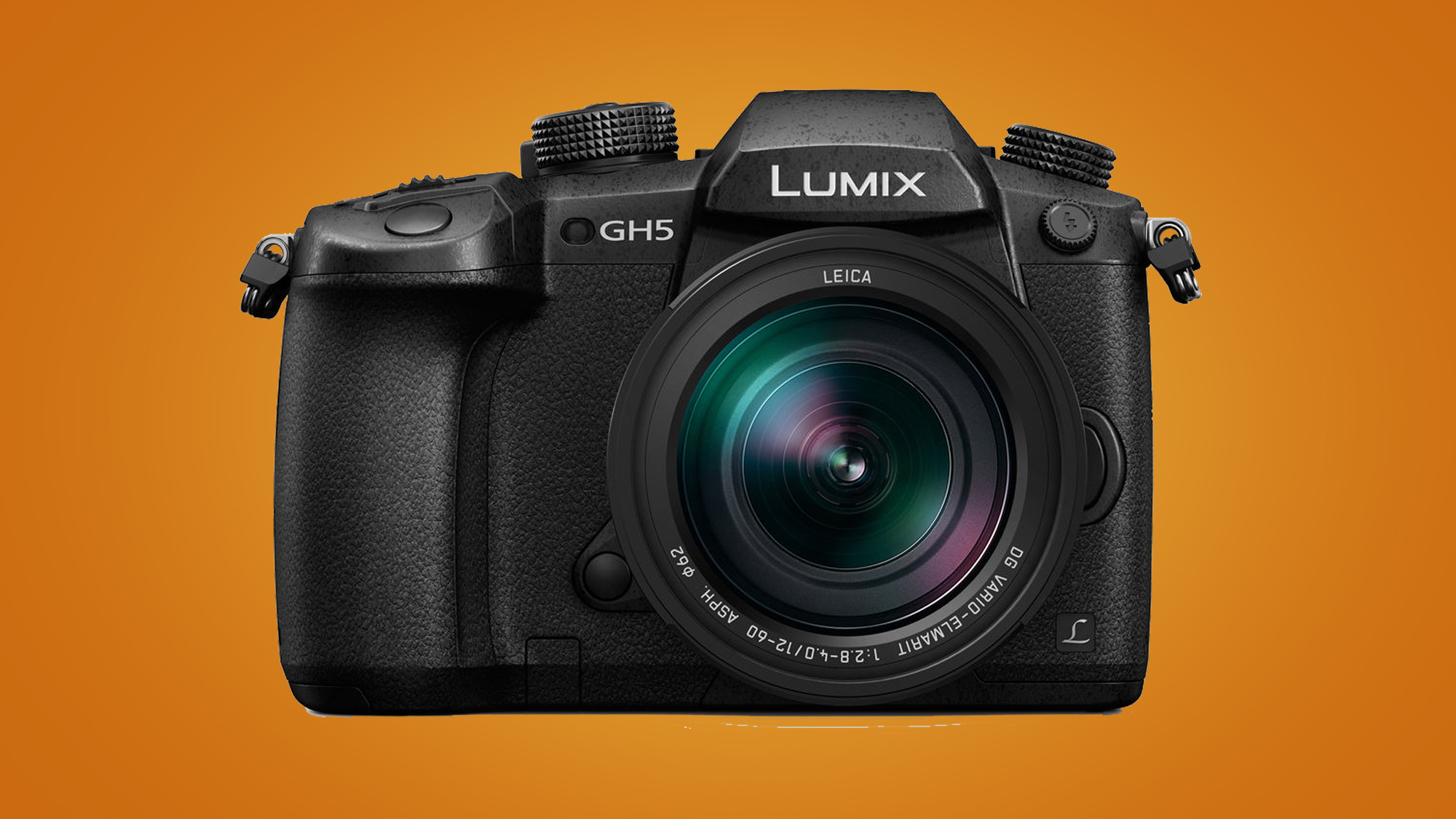

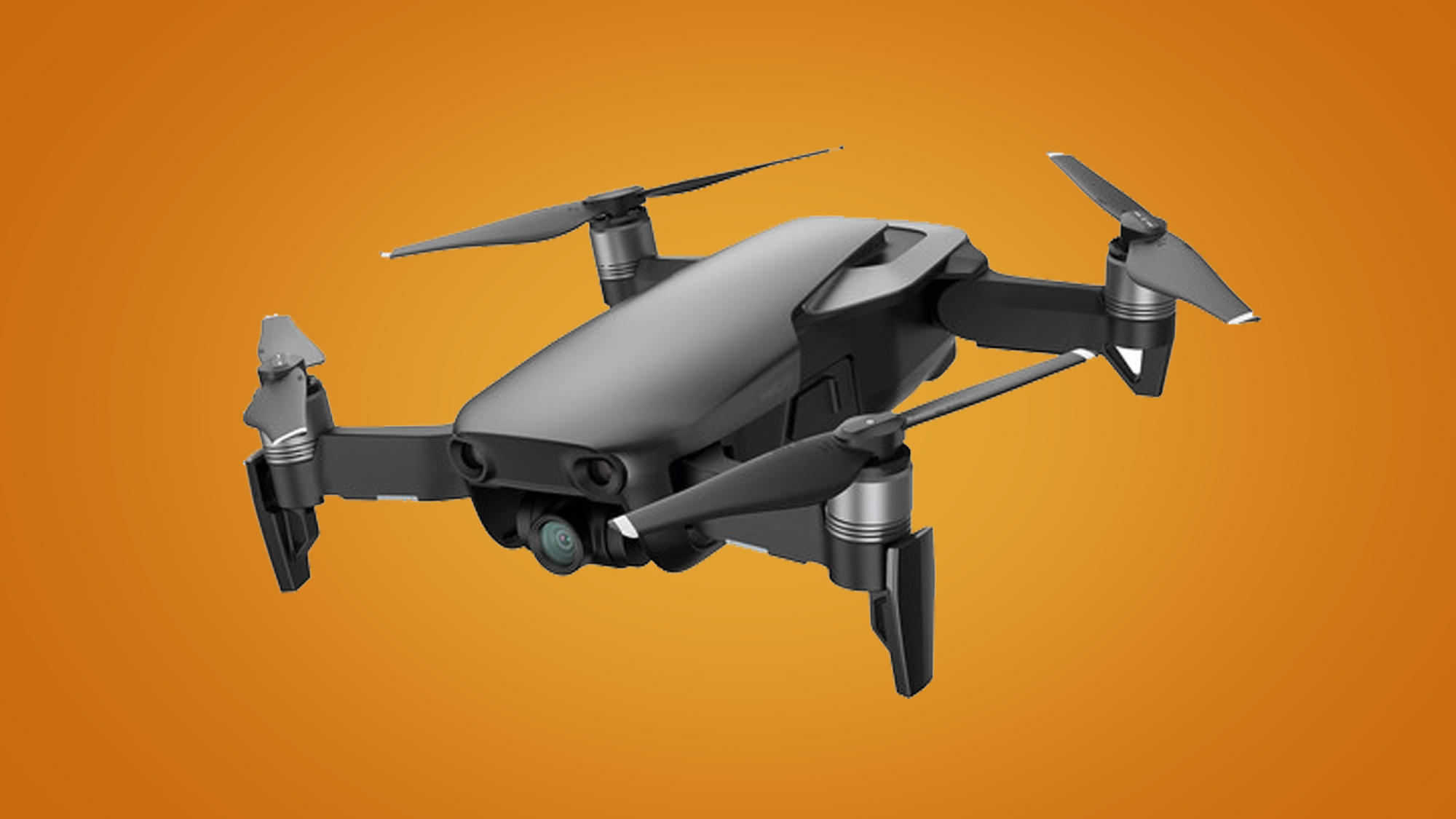
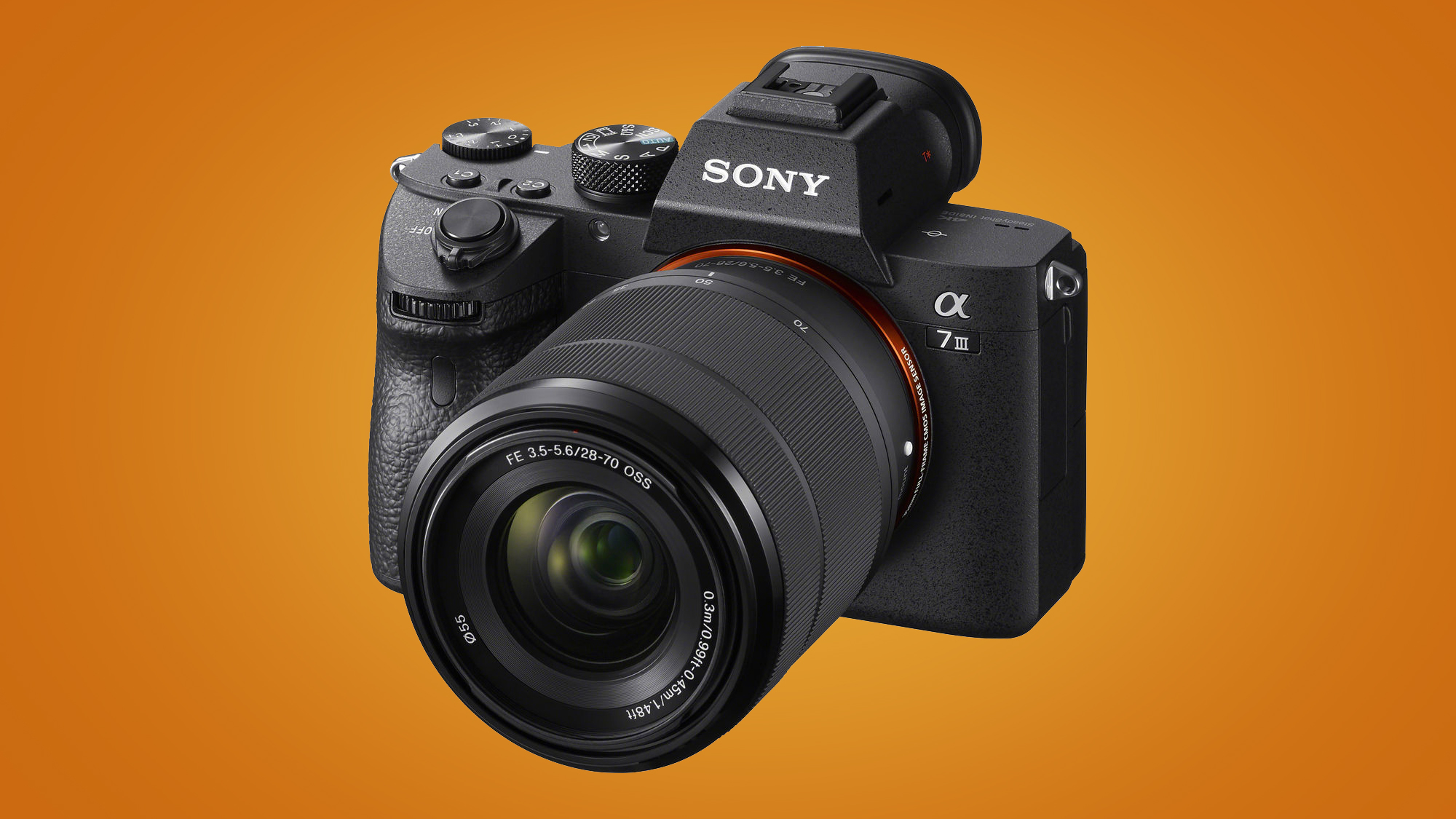

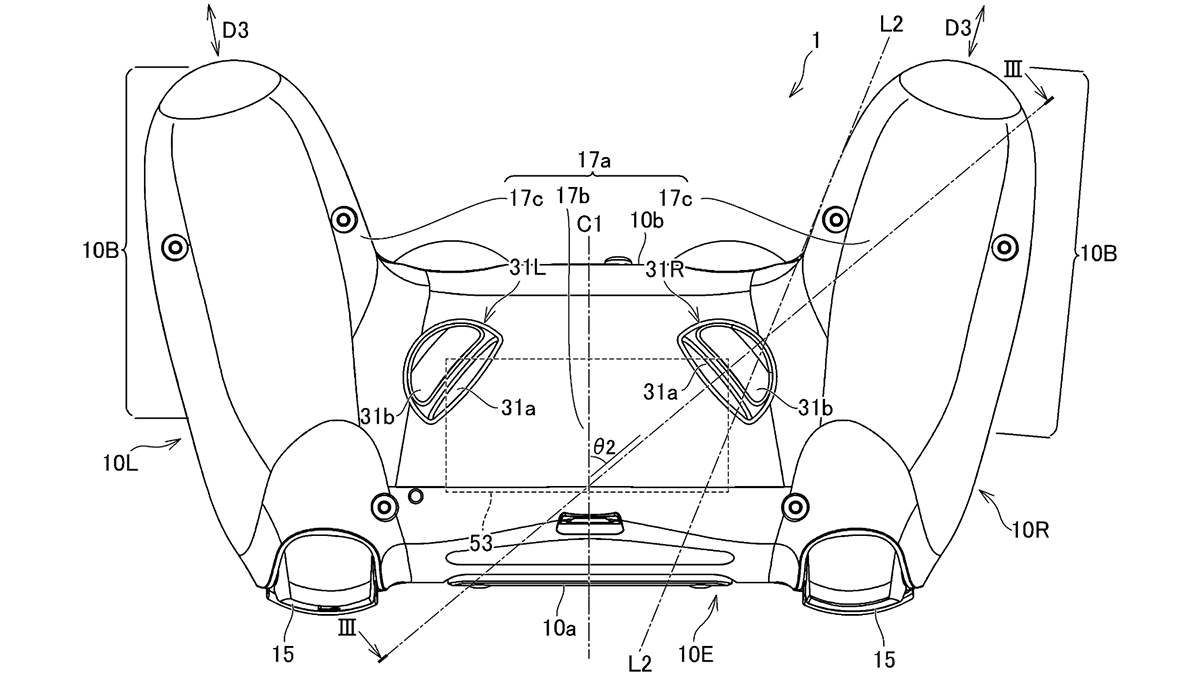
Nice blog post…. Thanks for sharing this
ReplyDeletepremier splashbacks ipswich